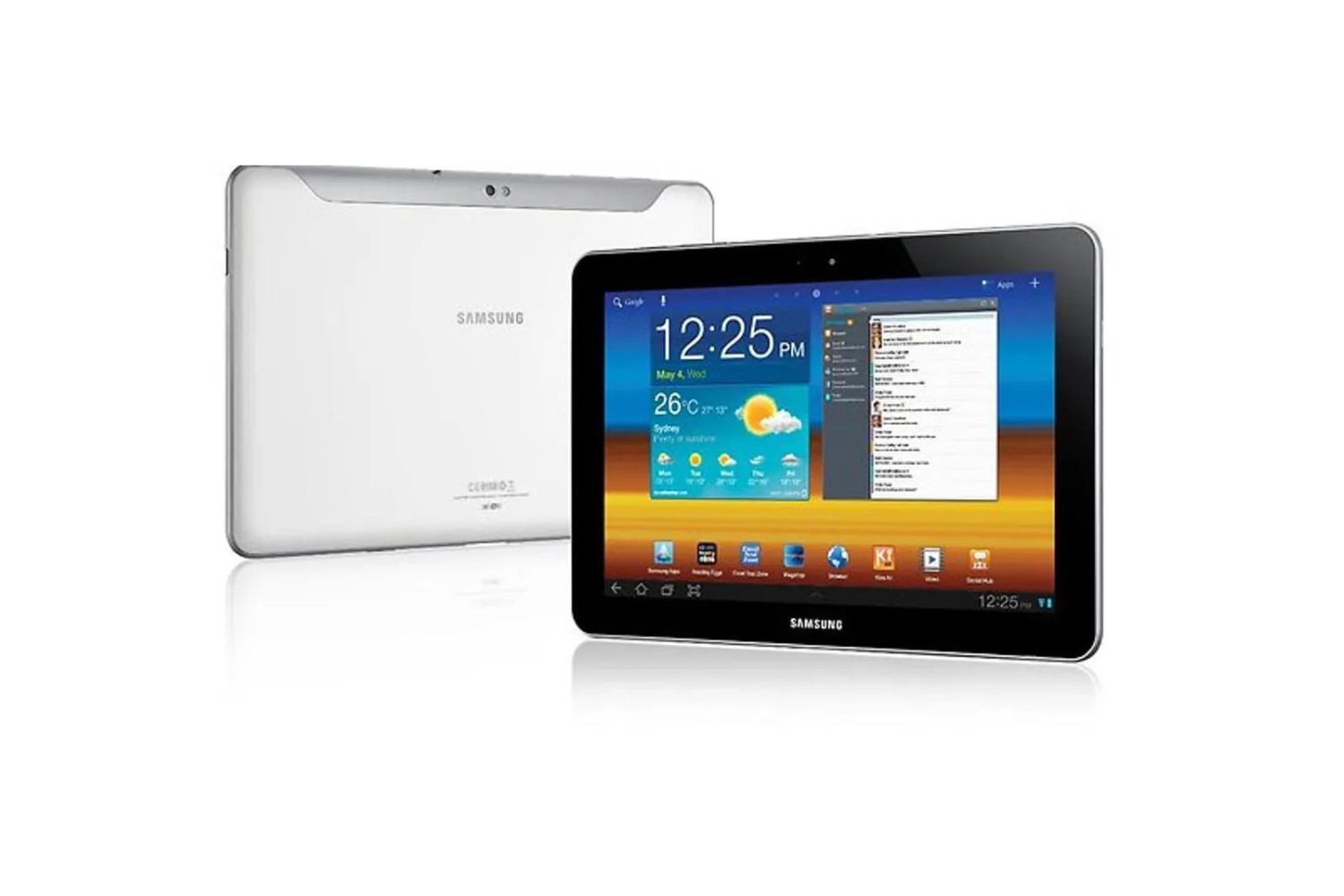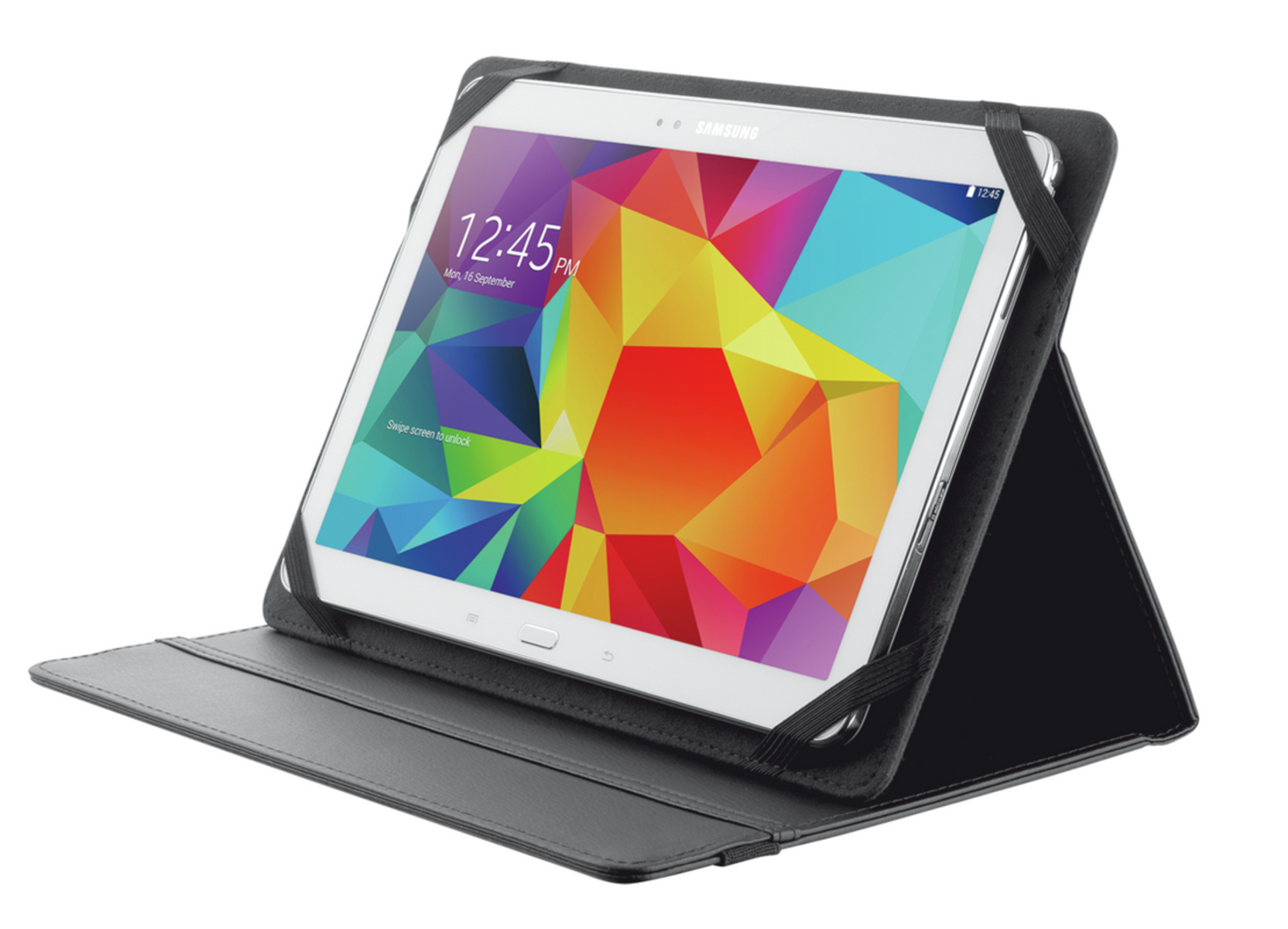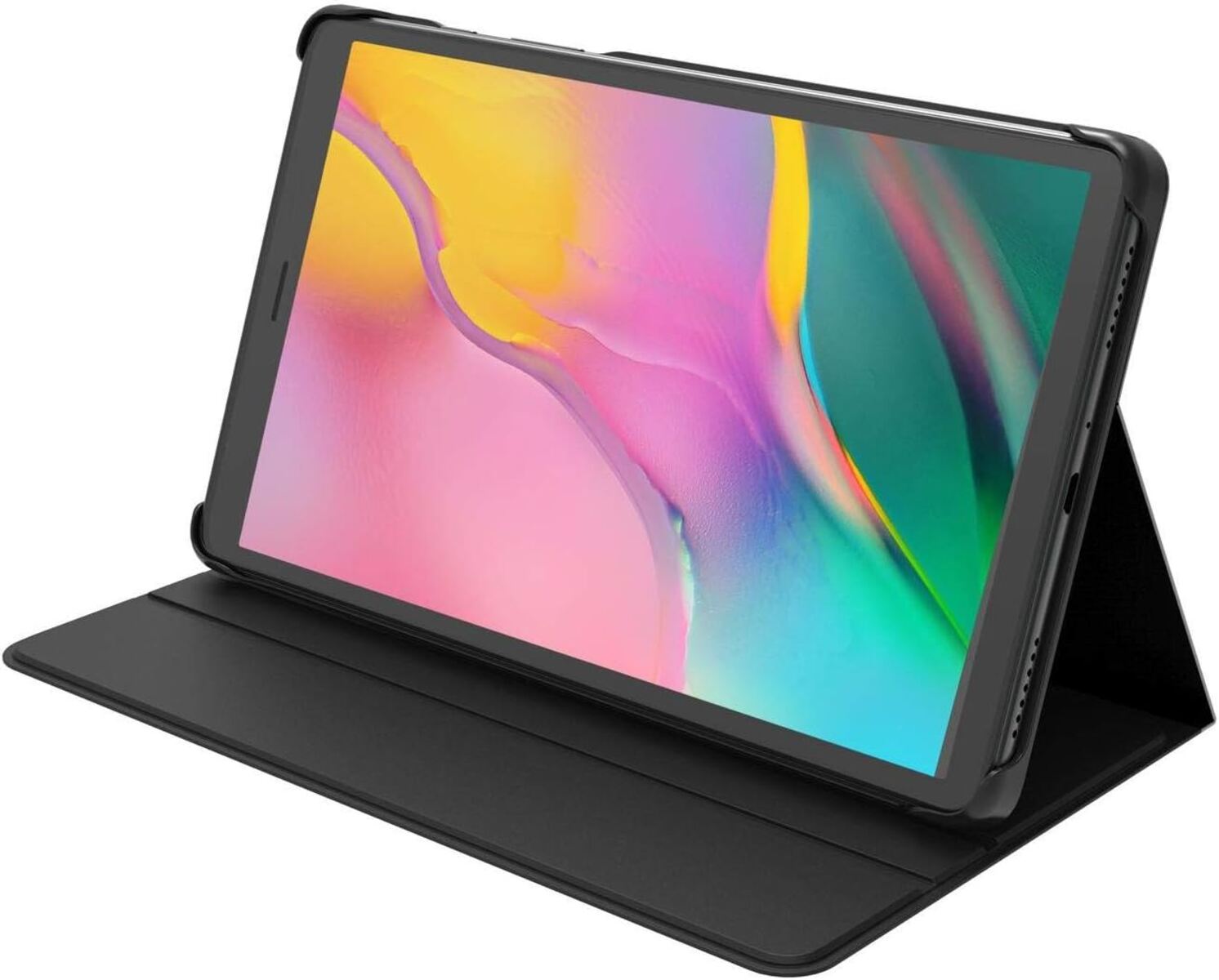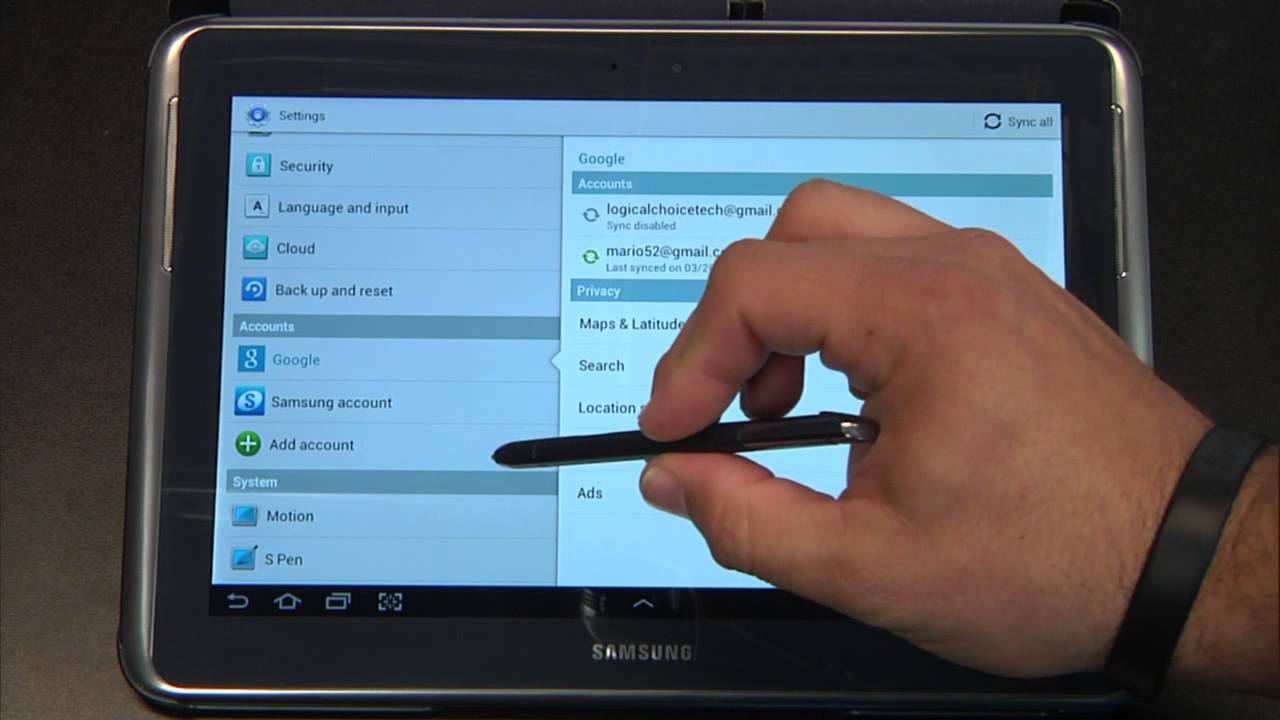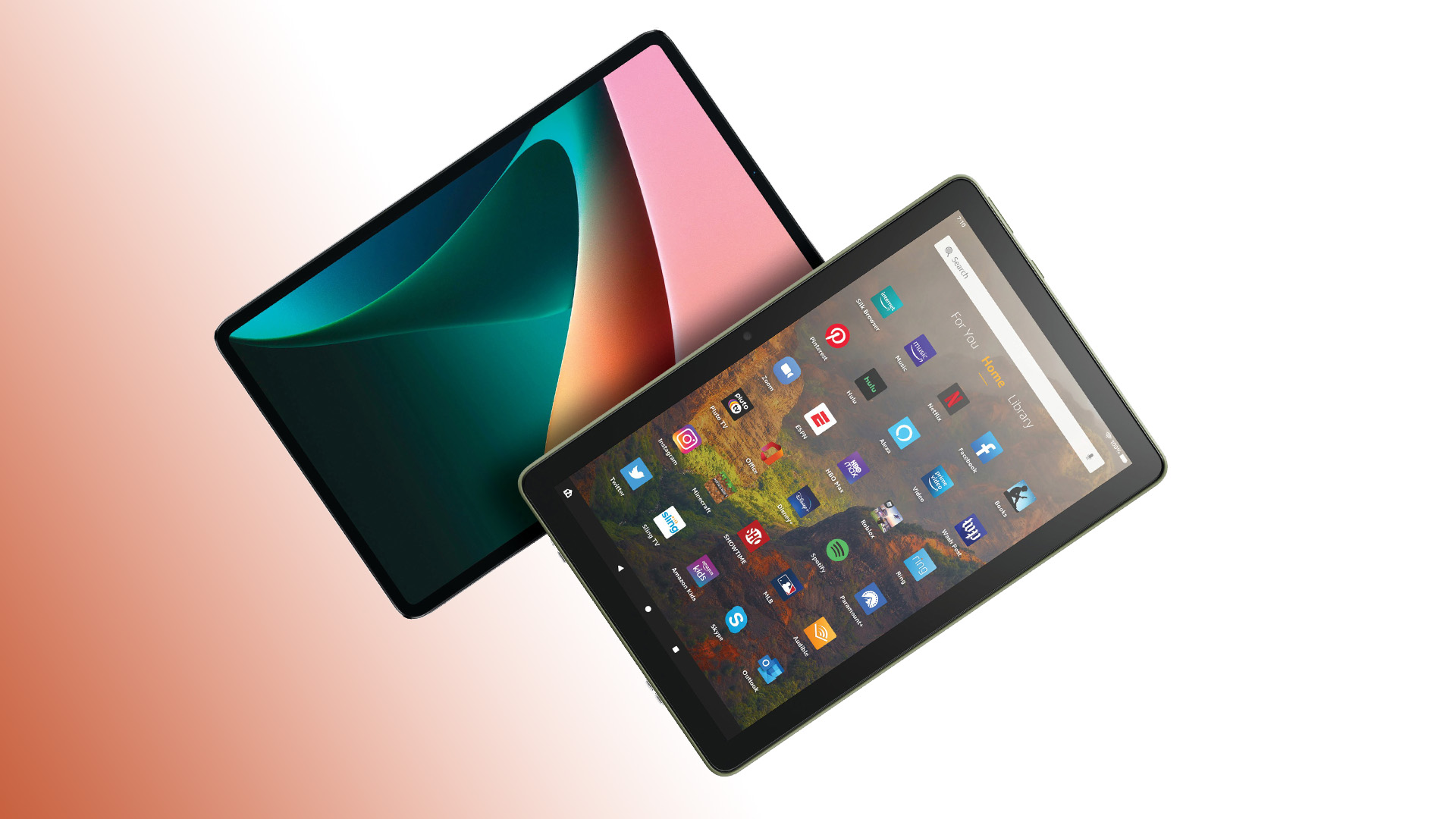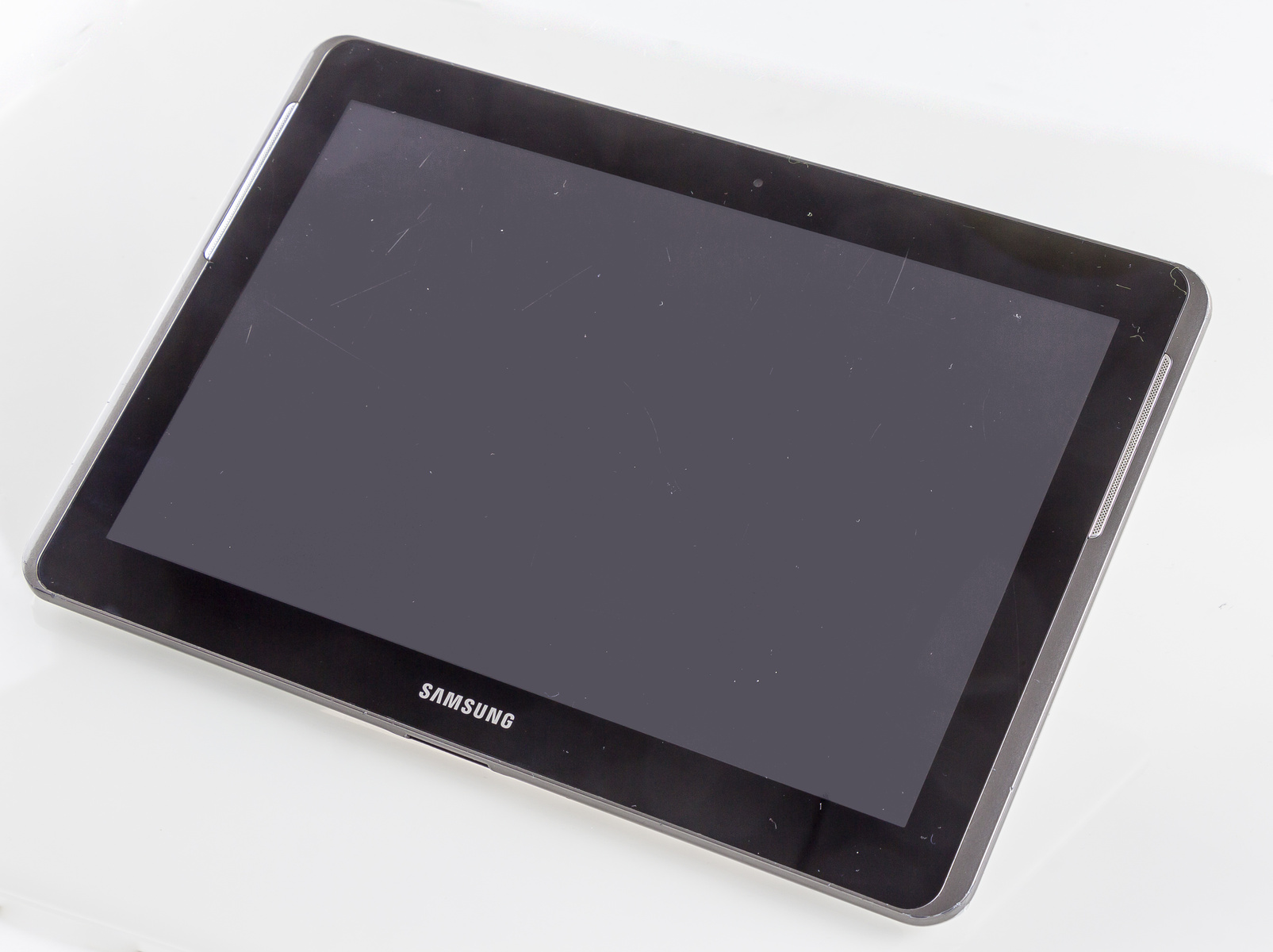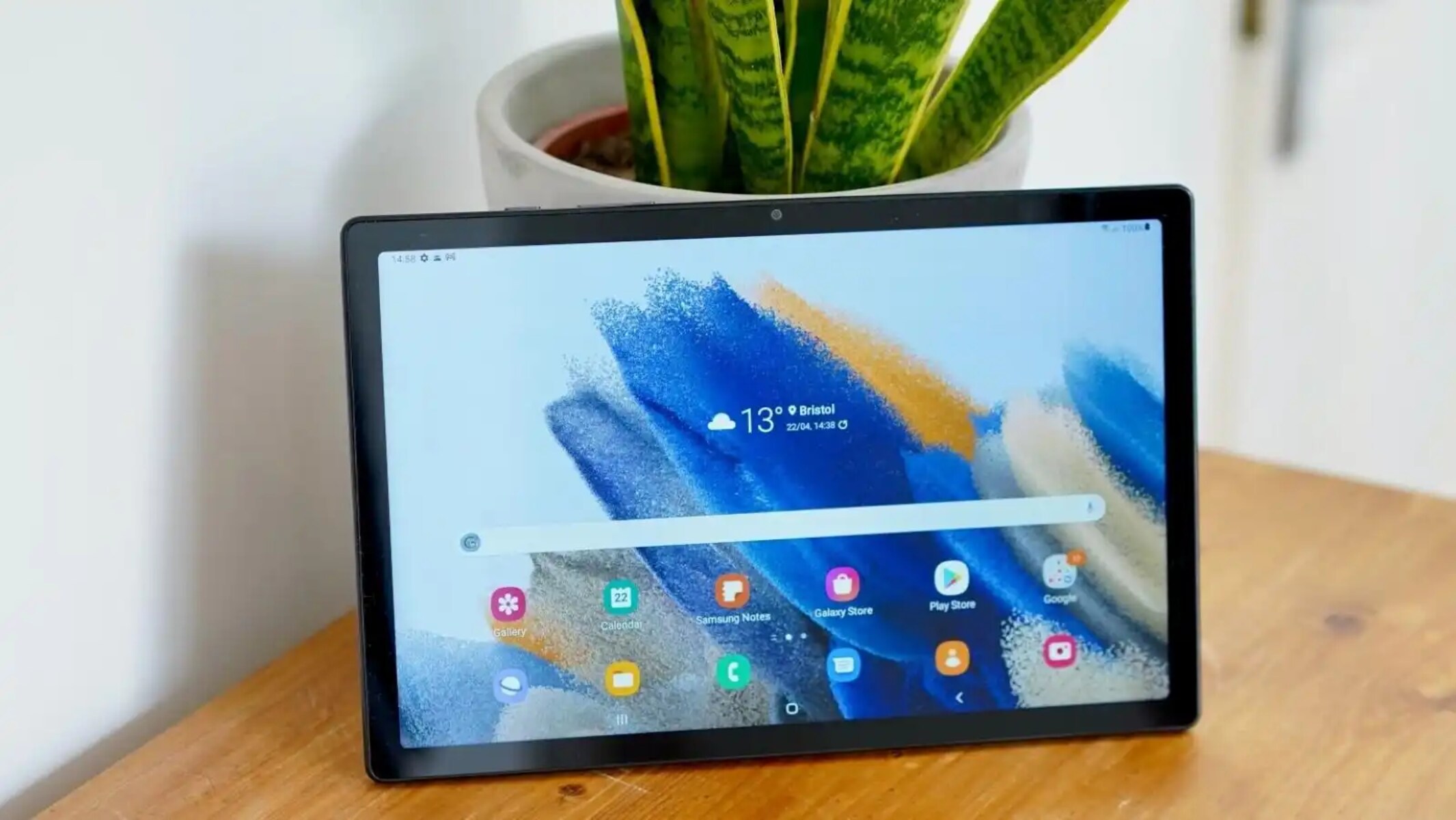Introduction
In today’s digital age, tablets have become an integral part of our lives, offering a multitude of features and functionalities that cater to our needs. However, there may come a time when you encounter issues with your Samsung 10.1 tablet that require a reset. Whether it’s due to freezing, lagging, or simply wanting to start fresh, performing a reset can help resolve these problems.
In this guide, we will walk you through the different methods to reset your Samsung 10.1 tablet, ranging from a soft reset to a factory reset. We will also provide step-by-step instructions and additional tips to ensure a smooth reset process.
It’s important to note that a reset will erase all data and settings on your tablet, so it’s crucial to back up any important files or data before proceeding. Additionally, it’s recommended to fully charge your tablet or connect it to a power source to avoid any interruptions during the reset.
So, whether you’re experiencing performance issues or simply want to start anew, let’s delve into the various methods of resetting your Samsung 10.1 tablet and get you back on track.
Part 1: Preparations
Before you proceed with any type of reset on your Samsung 10.1 tablet, it is essential to make a few preparations to ensure a smooth and successful process.
1. Back up your data: As mentioned earlier, performing a reset will erase all data and settings on your tablet. Therefore, it is crucial to back up any important files, photos, videos, or documents. You can use cloud storage services, such as Google Drive or Dropbox, to securely store your files online. Alternatively, you can connect your tablet to a computer and transfer the files manually.
2. Note your Google account details: Resetting your Samsung 10.1 tablet may require you to sign in with your Google account after the process. Make sure you know your Google account email address and password to regain access to your tablet.
3. Charge your tablet: To prevent any power-related issues or interruptions during the reset process, it is advisable to charge your tablet fully or connect it to a power source. This ensures that your tablet has enough power to complete the reset without any disruptions.
4. Take note of your settings and installed apps: Before resetting your tablet, take a moment to note down any personalized settings, such as display preferences, app layouts, or Wi-Fi networks. Additionally, make a list of the apps that you have installed, as you will need to reinstall them after the reset.
By following these preparatory steps, you can safeguard your data, ensure a smooth reset process, and minimize any potential loss of information.
Part 2: Soft Reset
If you’re experiencing minor glitches or performance issues with your Samsung 10.1 tablet, a soft reset can often resolve these problems without erasing any of your data. Here’s how you can perform a soft reset:
- Locate the power button: On your Samsung 10.1 tablet, the power button is typically located on the top or side of the device.
- Press and hold the power button: Press and hold the power button until a menu appears on the screen.
- Select Restart or Reboot: Use the volume buttons to navigate through the menu options and select Restart or Reboot. This will initiate the soft reset process.
- Wait for the tablet to restart: Your Samsung 10.1 tablet will now restart, and the performance issues should be resolved.
Performing a soft reset is a quick and simple troubleshooting method that can help resolve minor issues with your tablet. It’s worth trying this method before moving on to more extensive reset options.
However, if you’re still experiencing significant problems with your tablet or if the soft reset did not resolve the issues, you may need to consider a more comprehensive reset method, such as a hard reset or a factory reset.
Part 3: Hard Reset
If you’re facing persistent issues with your Samsung 10.1 tablet that cannot be resolved through a soft reset, a hard reset may be necessary. It is important to note that a hard reset will erase all data on your tablet, so it should be done as a last resort and after backing up your information. Here’s how you can perform a hard reset:
- Turn off your tablet: Press and hold the power button until the power menu appears on the screen. Select the “Power off” option to turn off your tablet.
- Enter recovery mode: To enter recovery mode, press and hold the volume up button and the power button simultaneously until the Samsung logo appears. Release both buttons when the logo appears.
- Navigate the recovery menu: Use the volume up and down buttons to navigate through the recovery menu. Select the “Wipe data/factory reset” option using the power button.
- Confirm the reset: In the next menu, select the “Yes” option to confirm the reset. This will initiate the hard reset process.
- Wait for the reset to complete: Your Samsung 10.1 tablet will now be reset to its factory settings. This process may take a few minutes.
- Restart your tablet: Once the reset process is complete, select the “Reboot system now” option to restart your tablet.
It’s important to remember that a hard reset will erase all data on your tablet, including apps, settings, and personal files. Therefore, it’s crucial to back up your data beforehand to prevent any loss of important information.
If the hard reset did not resolve the issues or if you prefer a more comprehensive reset, you may consider a factory reset.
Part 4: Factory Reset
If you’re experiencing persistent and serious issues with your Samsung 10.1 tablet, or if you want to completely wipe your device and start fresh, a factory reset is the most comprehensive reset option available. A factory reset will erase all data and settings on your tablet, restoring it to its original factory state. Here’s how you can perform a factory reset:
- Back up your data: Before proceeding with a factory reset, it is crucial to back up all your important data, including files, photos, videos, and contacts. You can use cloud storage services or connect your tablet to a computer to transfer the files.
- Turn off your tablet: Press and hold the power button until the power menu appears, then select the “Power off” option to turn off your tablet.
- Enter recovery mode: To enter recovery mode, press and hold the volume up button and the power button simultaneously until the Samsung logo appears. Release both buttons when the logo appears.
- Access the recovery menu: Use the volume up and down buttons to navigate through the recovery menu. Select the “Wipe data/factory reset” option using the power button.
- Confirm and initiate the factory reset: In the next menu, select the “Yes” option to confirm the factory reset. This will erase all data on your tablet and restore it to its original factory settings.
- Wait for the reset to complete: The factory reset process may take several minutes to complete. Once finished, the tablet will display a message confirming the reset.
- Restart your tablet: Select the “Reboot system now” option to restart your tablet. It will boot up as if it were brand new, and you will need to set it up again with your preferred settings and sign in with your Google account.
Performing a factory reset is a drastic measure that should only be used when all other troubleshooting methods have failed. Remember to back up all important data before proceeding, as a factory reset will irreversibly erase all data on your tablet.
By performing a factory reset, you can resolve persistent issues and start fresh with your Samsung 10.1 tablet, returning it to its original state.
Part 5: Data Backup and Restore
Performing a reset on your Samsung 10.1 tablet can result in the loss of important data, such as files, photos, videos, and app data. Therefore, it is essential to back up your data before proceeding with any reset method. Here are some methods for backing up and restoring your data:
- Cloud storage services: Utilize cloud storage services like Google Drive, Dropbox, or OneDrive to back up your files and documents. Upload your important files to the cloud before initiating the reset. Once the reset is complete, you can download your files from the cloud and restore them to your tablet.
- External storage devices: Connect your tablet to a computer using a USB cable and transfer your files to an external storage device, such as a USB flash drive or an external hard drive. Ensure that you securely store the external device to avoid any data loss or damage.
- Sync apps and settings: For apps that support account sync, ensure that you have enabled synchronization for your important data, such as contacts, calendars, and saved passwords. This way, when you sign in to your Google account on your reset tablet, the synced data will be automatically restored.
- Samsung Smart Switch: Use the Samsung Smart Switch app to back up your data, including contacts, messages, and apps. Install the app on your tablet and follow the instructions to back up your data to an external storage device or to Samsung Cloud. After the reset, you can restore your data using the Smart Switch app.
Once you have completed the reset and set up your Samsung 10.1 tablet again, you can use the same methods to restore your backed-up data. Upload files from cloud storage, transfer files from external storage devices, sync your apps and settings, or use the Samsung Smart Switch app to restore your data.
Remember to take the necessary precautions to ensure that your data is securely backed up before proceeding with any reset method. By backing up your data and restoring it after the reset, you can continue using your tablet with minimum disruption and loss of important information.
Part 6: Common Troubleshooting Tips
Before resorting to a reset, it’s worth trying some common troubleshooting tips to address issues with your Samsung 10.1 tablet. Here are some handy tips to help you troubleshoot:
- Clear app cache: If certain apps on your tablet are experiencing issues, try clearing their cache. Go to Settings > Apps, select the problematic app, and tap on Clear Cache. This can often resolve performance-related issues.
- Update software: Ensure that your tablet is running on the latest software version by regularly checking for software updates. Software updates often include bug fixes and performance improvements that can enhance the overall functionality of your tablet.
- Uninstall unnecessary apps: If your tablet is sluggish or experiencing performance issues, consider uninstalling apps that you no longer need or use. Unnecessary apps can consume system resources and impact performance.
- Free up storage space: Insufficient storage space can cause performance issues on your tablet. Delete unnecessary files, clear app data, and move files to external storage or cloud storage to free up space.
- Restart router: If you’re experiencing connectivity issues, try restarting your router. Sometimes, the problem may lie with the network rather than the tablet itself.
- Check for malware: Install a trusted antivirus app from the Google Play Store and run a scan to check for any malware or malicious apps that may be affecting your tablet’s performance.
These troubleshooting tips can often resolve common issues and improve the performance of your Samsung 10.1 tablet. However, if these methods do not address the problem or if the issues persist, you may need to consider a reset as a more comprehensive solution.
Remember to follow the necessary precautions, such as backing up your data, before attempting any troubleshooting or reset methods to ensure the safety of your information.
Conclusion
Resetting your Samsung 10.1 tablet can be a useful solution for resolving performance issues, software glitches, and other persistent problems. Whether you opt for a soft reset, hard reset, or a factory reset, it’s important to follow the appropriate steps and take precautions to protect your data.
Before performing any reset, remember to back up your important files, photos, and documents to ensure they are not lost during the process. Take note of your settings, installed apps, and Google account details to make the transition smoother.
If you’re facing minor issues, a soft reset may resolve the problem without erasing any data. However, for more persistent and serious issues, a hard reset or factory reset may be required. These methods will erase all data, so it’s crucial to back up everything beforehand.
Additionally, consider troubleshooting tips such as clearing app cache, updating software, and freeing up storage space before resorting to a reset. These simple steps can often rectify common issues and improve your tablet’s performance.
By understanding the different reset options and taking the necessary precautions, you’ll be better equipped to restore your Samsung 10.1 tablet to its optimal state and enjoy a seamless and efficient user experience.
Remember that resetting your tablet should be done as a last resort when other methods fail or when you want to start fresh. Ensure that you have exhausted alternative solutions and weigh the potential impact on your data before proceeding with any reset method.
Now that you have the knowledge and tools to perform a reset, you can confidently address any issues that may arise with your Samsung 10.1 tablet and get the most out of your device.







